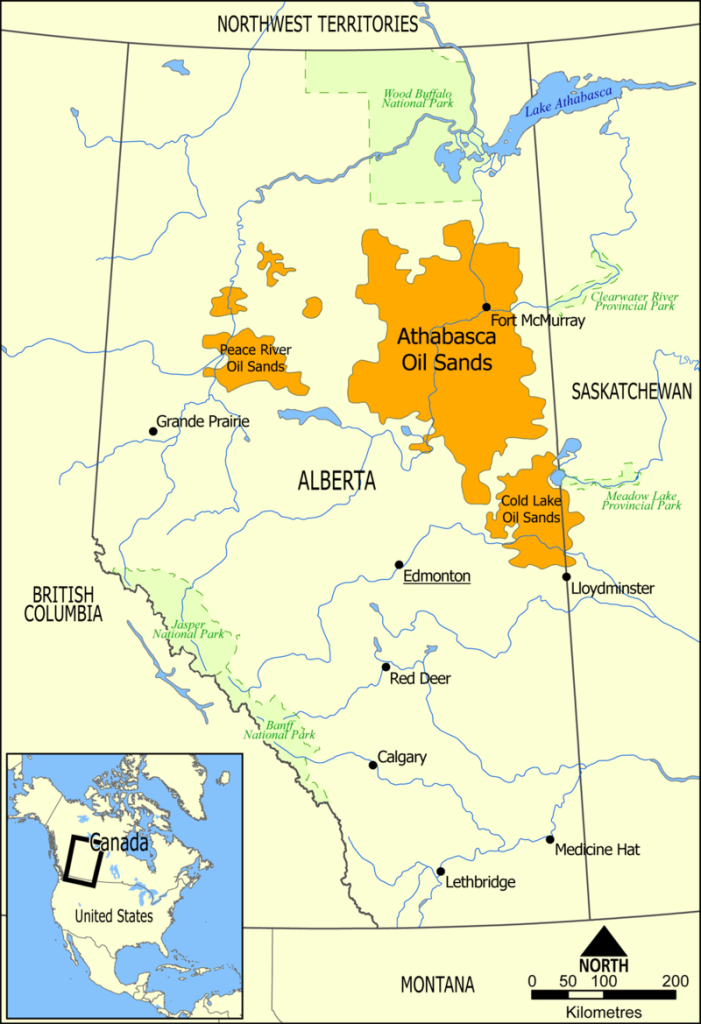
A new study published in the Academic Journal “Science” says air quality emissions from the oil sands are being highly underestimated by industry.
The paper, funded by the National Science Foundation and the Ministry of Science and Technology of China, reports aircraft measurements of emissions from the Alberta oilsands are up to 6,300 per cent higher than previously thought.
Unlike previous models, this study relied on real-world observations to derive the reported figures. The research focused on pollutants affecting air quality and excluded CO2 emissions. The emissions included a variety of volatile organic compounds, some of which are considered to be dangerous to human health.
Ryan Fournier, Press Secretary for the Ministry of Environment Parks and Protected Areas said Alberta is making strides in emissions reductions.
“What matters is reducing emissions – and we are doing the hard work successfully,” said Fournier.
“The emissions intensity of the oil sands is falling rapidly, with a 21 per cent per barrel decline over the past 10 years and a further 23 per cent reduction expected in the coming decade.”
Fournier adds, “Alberta has some of the highest standards when it comes to measuring emissions. Alberta’s oil sands are one of the most closely monitored oil and gas producing areas in the world.”
Alberta’s NDP opposition isn’t so sure.
“This study is very troubling,” said Jodi Calahoo Stonehouse, Alberta NDP Critic for Environment, Parks and Climate Resilience.
“Figures indicating that potentially hazardous pollutants are being released into the air at significantly higher rates than industry estimates calls for immediate attention from the Minister.”
Stonehouse says, “The lack of oversight from the UCP is irresponsible and the longer this goes unaddressed, the worse outcomes for the land, water, air, and people.”
Air quality throughout Fort McMurray Wood Buffalo is monitored in real-time by the Wood Buffalo Environmental Association (WBEA). They provide continuous monitoring of emissions-related chemicals along with volatile organic compounds and time-integrated monitoring of polycyclic aromatic hydrocarbons including those detected in the study published in “Science”.
Harvard News Media has reached out to WBEA for comment, but they were unable to comment by press time. This story will be updated with their reply.








